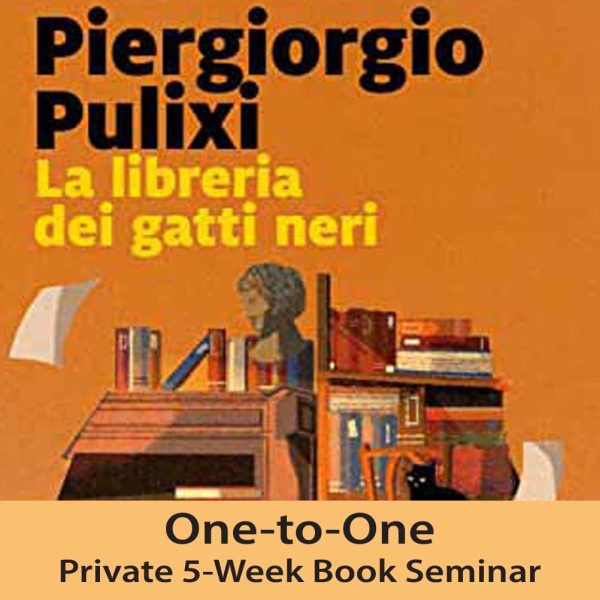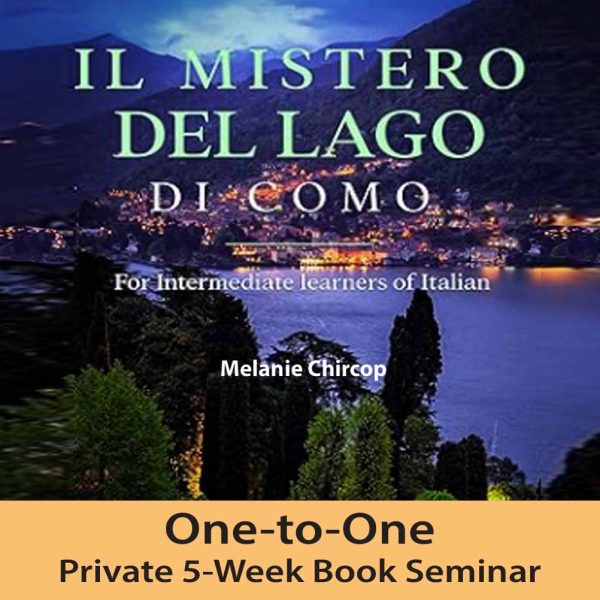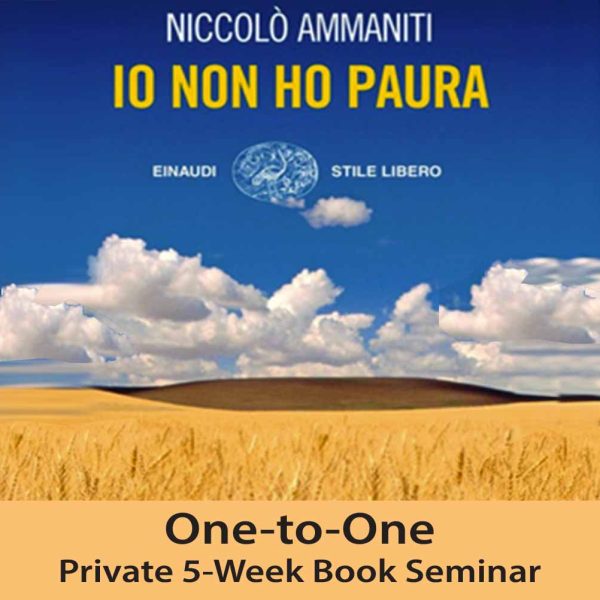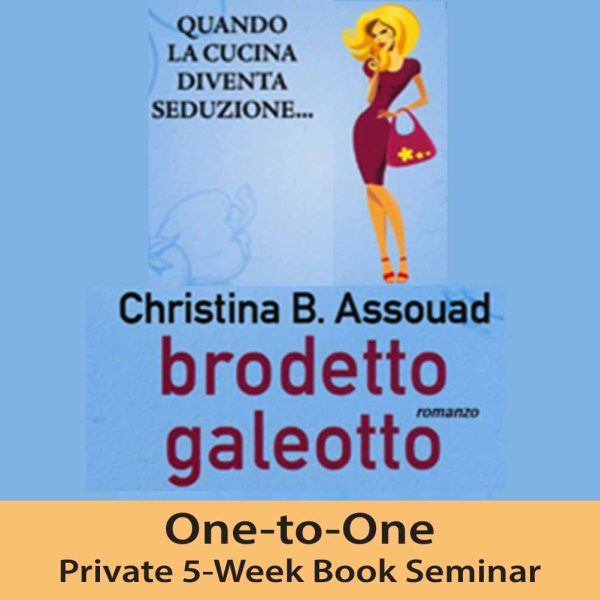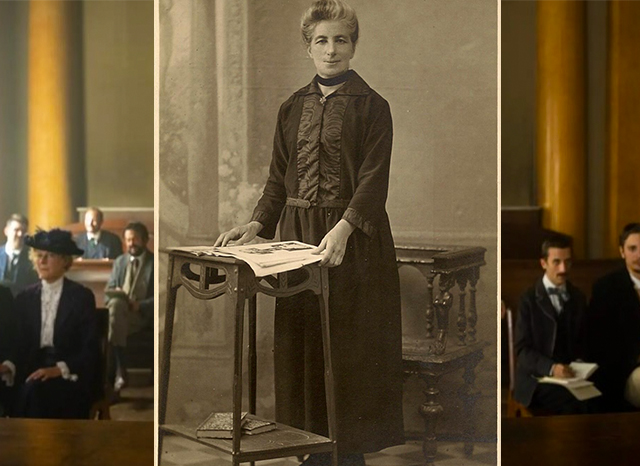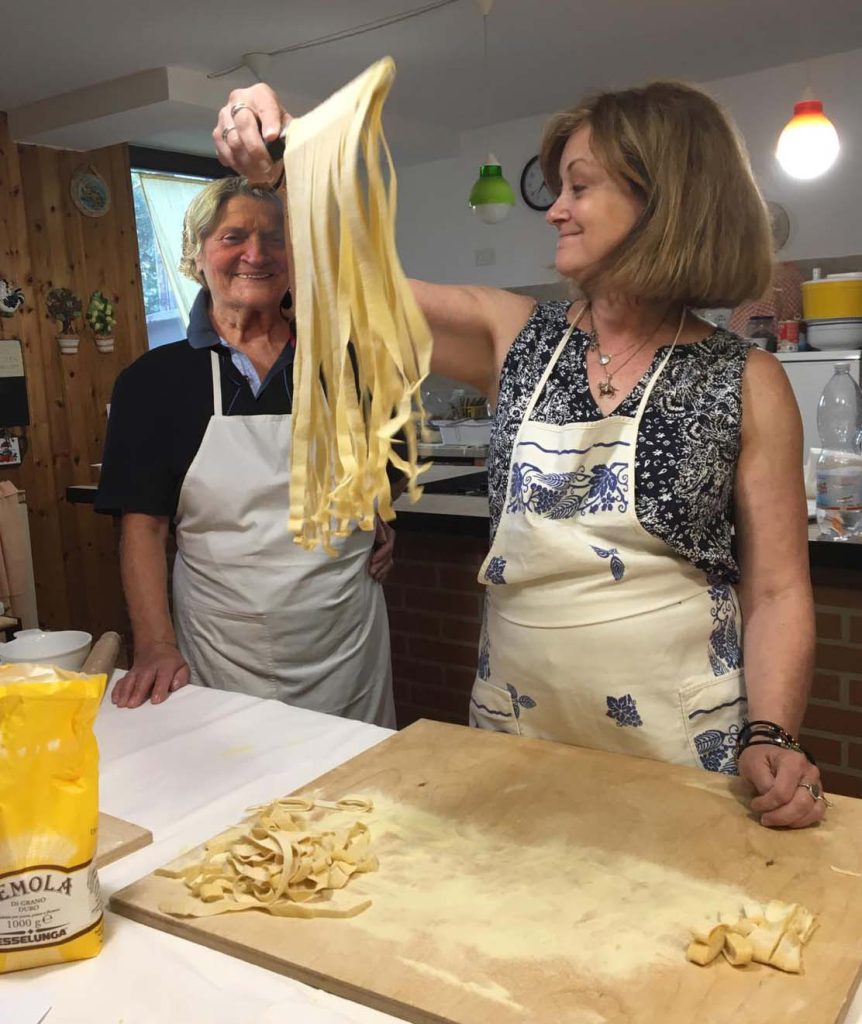
Un sapore di tentazione: lo stufato di pesce più romantico d’Italia
A Taste of Temptation: The Literary Lore Behind Italy’s Most Romantic Fish Stew”
Riscoprendo una lettura del Matta Book Club con un tocco peccaminoso e dantesco.
Revisiting a Matta Book Club pick—with a sinful Dantean twist.
Nella primavera del 2024, il Matta Book Club ha letto Brodetto Galeotto di Christina B. Assouad, un romanzo avvincente ambientato a San Benedetto del Tronto, nelle Marche. La storia segue Laura, Nina e Azzurra, che ereditano una storica trattoria ma rischiano di perderla quando l’ex marito di Laura, Mariano, ruba il prezioso ricettario di famiglia per aprire un ristorante concorrente. Per salvare la loro attività, le tre donne decidono di partecipare al Festival del Pesce Azzurro con una ricetta tradizionale di brodetto—ignare che Mariano ha la stessa intenzione. Mentre la rivalità culinaria si accende, riaffiora la passione tra Laura e il suo vecchio amore Manuel, in una storia ricca di intrighi, romanticismo e sapori locali.
In spring 2024, the Matta Book Club read Brodetto Galeotto by Christina B. Assouad, a captivating novel set in San Benedetto del Tronto, Le Marche. It follows Laura, Nina, and Azzurra, who inherit a historic trattoria but face ruin when Laura’s ex-husband Mariano steals their family cookbook to launch a rival restaurant. To save their business, the women enter the Blue Fish Festival with a cherished fish stew recipe—unaware Mariano plans to do the same. As culinary rivalry heats up, sparks fly between Laura and her former flame Manuel, in a story rich with intrigue, romance, and regional flavor.
Una delle mie lettrici affezionate del book club, Theresa, che ha partecipato a molti viaggi letterari con il Matta Book Club, sta attualmente leggendo l’Inferno di Dante. Ha fatto un’osservazione meravigliosa—collegando l’uso letterario della parola “galeotto” nell’epopea dantesca ai molteplici significati nascosti nel titolo Brodetto Galeotto. Sono entusiasta di condividerlo con voi qui… perché solo in Italia una ciotola di brodetto può racchiudere tutta la passione, il tradimento e la redenzione!
One of my longtime book club readers, Theresa, who has joined many Matta Book Club journeys, is currently reading Dante’s Inferno. She made a wonderful observation—connecting the literary use of the word “galeotto” in Dante’s epic poem to the layered meanings behind the title of our bookclub read: “Brodetto Galeotto.” I’m thrilled to share it with you here… because only in Italy, can a bowl of fish stew can carry the weight of passion, betrayal, and redemption!

“Brodetto Galeotto”… non è il solito stufato di pesce
“Brodetto Galeotto”… not your average fish stew
“Brodetto Galeotto”… già il nome incuriosisce, vero? Ma cosa significa davvero? E perché mai un semplice stufato di pesce dovrebbe essere chiamato “galeotto”? Dietro questa parola si nasconde un mondo di storie, letteratura e sapori che oggi esploreremo insieme.
“Brodetto Galeotto”… the name alone is intriguing, isn’t it? But what does it really mean? And why would a simple fish stew be called “galeotto”? Behind this word lies a world of history, poetry, and flavor—and today we’re diving in!

La storia dietro la parola “galeotto”
The History Behind “Galeotto”
In origine, il termine galeotto indicava un condannato costretto a remare su una galera, le navi da guerra o da prigionia nel Medioevo e Rinascimento. Immaginate questi uomini, stanchi e affamati, che preparano un brodetto caldo con quello che avevano a disposizione: pesce fresco (o quasi!), pane raffermo, pomodori, aglio e un po’ d’olio d’oliva. Un piatto umile, ma pieno di sapore.
Originally, galeotto referred to a convict sentenced to row on galleys (in Italian “galea” or “galera”, those oared ships used for war or imprisonment in the Middle Ages and Renaissance. Picture these tired, sunburned men cooking a stew with whatever they had—fresh fish, stale bread, tomatoes, garlic, olive oil. A humble dish, yes, but full of rich, salty flavor.

Amore galeotto: Dante, Paolo e Francesca — una storia di passione proibita
Galeotto Love: Dante, Paolo, and Francesca a Story of Forbidden Passion
Ma attenzione—“galeotto” ha un secondo significato, molto più romantico. Nell’Inferno di Dante, Canto V, i tragici amanti Paolo e Francesca si innamorano leggendo insieme una storia appassionata su Lancillotto e Ginevra. Quando il racconto arriva al momento in cui Lancillotto bacia la regina, Paolo, sopraffatto dall’emozione, bacia Francesca—un gesto che segnerà il loro destino e li condurrà alla dannazione eterna per il peccato di lussuria. Dante immortala questo istante con il celebre verso: “Galeotto fu ‘l libro e chi lo scrisse.”
But wait—“galeotto” has a second, far more romantic meaning. In Dante’s Inferno, Canto V, the tragic lovers Paolo and Francesca fall in love while reading a passionate tale about Lancelot and Guinevere. As the story reaches the moment when Lancelot kisses the queen, Paolo, overcome with emotion, kisses Francesca—an act that seals their fate and leads to their eternal punishment for lust. Dante immortalizes the moment with the line: “Galeotto was the book and he who wrote it.”
Qui, Galeotto (o Galehaut, il cavaliere che favorì l’amore tra Lancillotto e Ginevra) diventa una metafora del libro stesso, che agisce da intermediario e accende la loro passione proibita.
Here, Galeotto (or Gallehault, the knight who facilitated Lancelot’s affair) becomes a metaphor for the book itself, acting as the matchmaker that ignites their doomed passion.

Brodetto galeotto: una ricetta che fa perdere la testa
Brodetto Galeotto: A Recipe for Romance
Nel tempo, Brodetto Galeotto è diventato sinonimo di un piatto semplice e popolare, tipico della cucina povera dei marinai e dei contadini. Eppure, grazie a Dante, il termine “galeotto” assume anche un significato romantico e letterario. In contesti più contemporanei, diventa letteralmente una ricetta per l’amore.
Over time, Brodetto Galeotto became synonymous with a simple, humble dish—typical of the rustic cuisine of sailors and peasants. Yet thanks to Dante, the word “galeotto” also takes on a romantic and literary meaning. In more contemporary settings, it becomes quite literally a recipe for love.
Come nel romanzo Brodetto Galeotto: immaginate due persone che si siedono a tavola per condividere una fumante ciotola di brodetto, sorseggiano un bicchiere di vino bianco fresco e… tra un cucchiaio e l’altro, scocca la scintilla! Il brodetto diventa galeotto nel senso dantesco—un vero istigatore d’amore.
Just like in the novel Brodetto Galeotto: imagine two people sitting down to share a steaming bowl of brodetto, sipping a crisp glass of white wine, and… between spoonfuls, sparks fly! The fish stew becomes galeotto in Dante’s sense—a true instigator of love.
Brodetto Galeotto nell’uso contemporaneo
Brodetto Galeotto in contemporary usage
Dicono che l’amore inizi con uno sguardo—ma nel loro caso, è stato decisamente un brodetto galeotto.
They say love starts with a look—but in their case, it was definitely a brodetto galeotto.
“Non è stato Tinder a farli innamorare, ma un brodetto galeotto cucinato da sua nonna!”
“It wasn’t Tinder that made them fall in love, but a ‘brodetto galeotto’ cooked by his grandmother!”
🇮🇹 Un consiglio dalla Matta 🇮🇹
Matta Italian Language Tip!

Ready to read books in Italian?
If you would like to read the novel Brodetto Galeotto by Christina B. Assouad in Italian, you can find it on Amazon in the Matta Bookstore. And if you’d like to read the novel one-on-one with me in a private book club, you have that option as well! I’d love to guide you through the story, help with vocabulary, and chat about all the delicious details and literary layers.
Don’t forget to check out all previous Matta Book Club selections for more inspiring reads that combine language learning, culture, and a whole lot of Italian heart!


